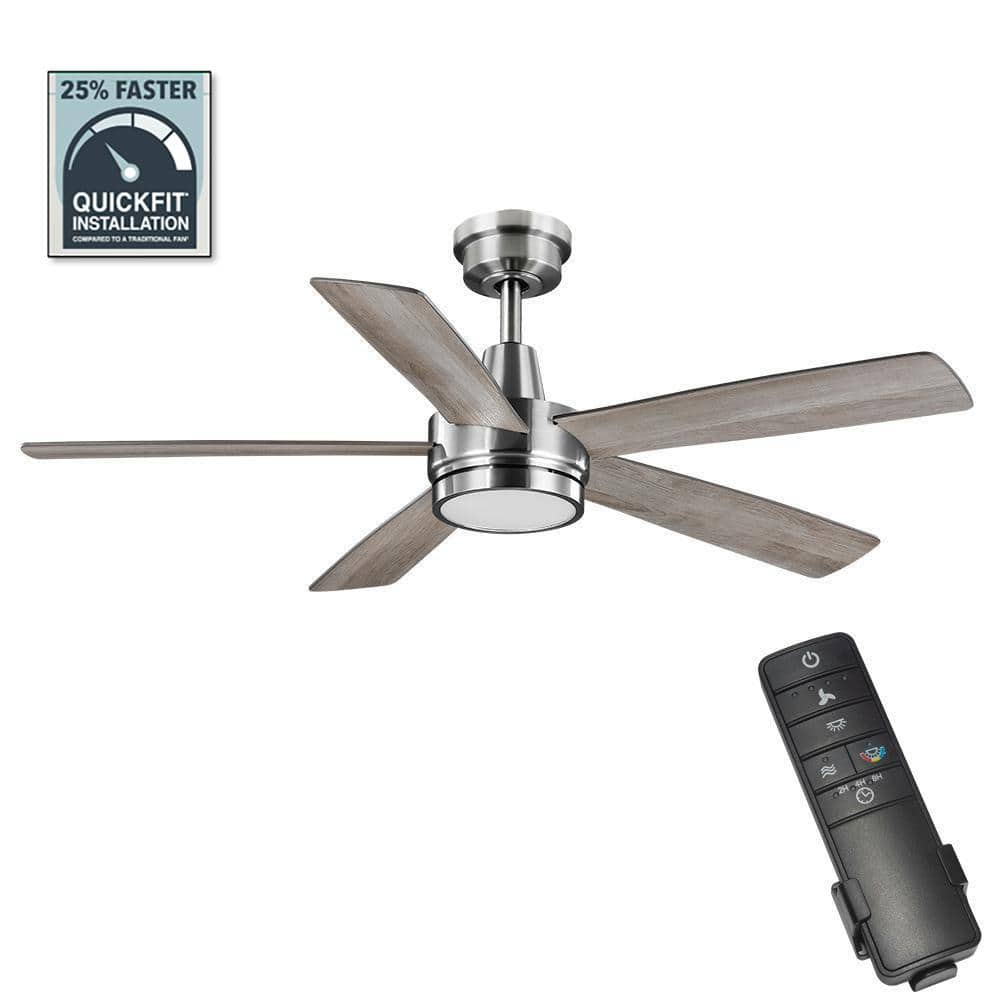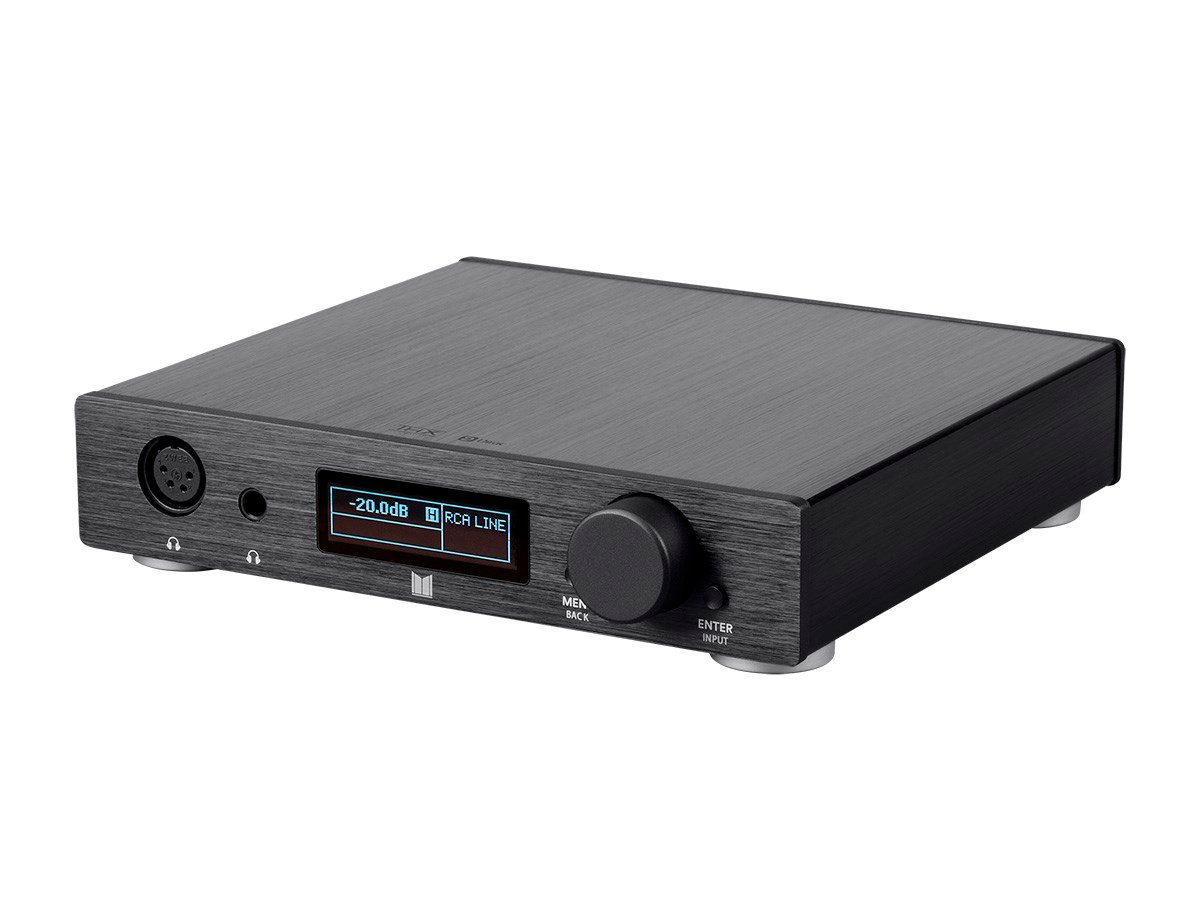Rheem ProTerra 80 Gal. 10-Year Hybrid High Efficiency Heat Pump Tank Electric Water Heater with Leak Detection & Auto Shutoff
Hybrid electric heat pump saves up to $490 in annual energy costs. Built In Leak Detection and Auto Shutoff protect against leaks. Demand Response Compliant for States Requiring Utility Management.
Upgrade your home’s hot water system with this Rheem ProTerra 80 Gal. 10-Year Hybrid High Efficiency Smart Tank Electric Water Heater. This energy-efficient appliance provides an estimated energy cost savings of $490 per year. You’re protected from water damage by leak detection and auto shutoff features.
- Provides an estimated energy cost savings of $490 per year
- Pays for itself in energy cost savings thanks to an amazing 4.00 uniform energy factor and features that deliver long-term savings
- Protects your home from potential water damage with LeakGuard, the 360 deg. leak detection system and the auto shut-off valve that shuts off incoming water and locks water in
- Built-in EcoNet Wi-Fi technology allows you to manage hot water and avoid cold showers, track weekly, monthly and yearly energy usage and manage heating schedule from your mobile device
- Select the efficiency or performance you want with modes such as high demand mode and vacation Mode
- Energy Star certified so it may be eligible for rebates in your area; check for rebates through your state and local government or electric utility provider
- Reduces carbon footprint with 75% reduction in energy use
- If your utility requires a grid connection, connect without any additional costs and save more with off-peak scheduling
- Provides more hot water than many standard residential electric models providing ample hot water for households with five or more people or homes with three or more bathrooms
- Easily accessible electrical junction box for convenient hook up and drop-in replacement for nearly any standard electric water heater
- Duct colder exhaust air into your attic, another room or out of your home
- Premium brass drain valve for easy draining and stainless steel elements that prevent buildup
- 10-year warranty with 1-year in-home labor warranty
- Savings and efficiency information is located on product specification documents
- As with any Wi-Fi connected device, for best performance use your phone or tablet to check the Wi-Fi signal strength in the area where the water heater will be installed prior to purchase
Additional information
| Dimensions | H 75 in, W 24.25 in, D 24.25 in |
|---|---|
| Tank Valve Size (in.) | 0.75 |
| Water Connection Size (in.) | 3/4 |
| Certifications and Listings | UL Listed |
| Labor Warranty | 1 Year |
| Part Warranty | 10 Year |






by Barry
I’ve only had this water heater for 2 weeks. It replaced an old leaking electric water heater. It took me about 45 minutes to install using PEX pipe and tigershark fittings. I installed it temporarily a few feet from where it should be so I could do drywall repairs and painting as well as epoxy the floor. After that’s completed I will install with copper pipe and soldered/ sweat fittings. While this was a fairly expensive purchase for a water heater, it appears that I will get 30% back as a tax credit and if it is as energy efficient as stated, it will pay for itself in just a few short years. I plan to run it in heat pump mode only during the summer months for additional energy savings. One of the best things is that d/t the heat pump design, the output that vents to the garage has dropped the garage temperature by 10-20 degrees.
by David
So far so good. The hybrid water heater has only been installed for 2 weeks.
by Roberto
So far so good. This water heater is working well and looks to be saving me some dough. It is not the easiest to install. The plumbers worked for a while, had to install some different piping, and charged me a good chunk of change to install it. But it works well and I am very proud of it. The wireless features are cool. It gives you detailed info on energy use and the like right to your smart phone. And their tech support was outstanding. I called (during business hours) and they answered right away and gave me thorough and thoughtful help. Like I said, so far so good.